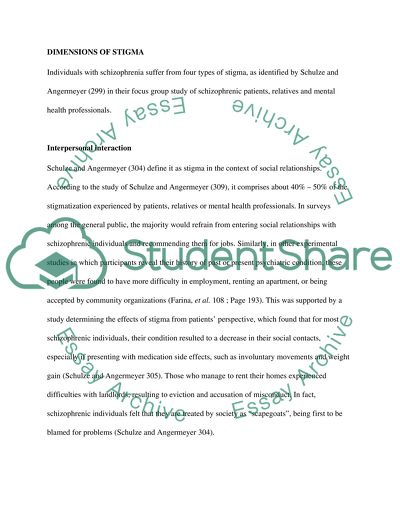Cite this document
(“Different types of interventions to tackle mental health stigma Essay”, n.d.)
Retrieved from https://studentshare.org/psychology/1606185-different-types-of-interventions-to-tackle-mental-health-stigma
Retrieved from https://studentshare.org/psychology/1606185-different-types-of-interventions-to-tackle-mental-health-stigma
(Different Types of Interventions to Tackle Mental Health Stigma Essay)
https://studentshare.org/psychology/1606185-different-types-of-interventions-to-tackle-mental-health-stigma.
https://studentshare.org/psychology/1606185-different-types-of-interventions-to-tackle-mental-health-stigma.
“Different Types of Interventions to Tackle Mental Health Stigma Essay”, n.d. https://studentshare.org/psychology/1606185-different-types-of-interventions-to-tackle-mental-health-stigma.


